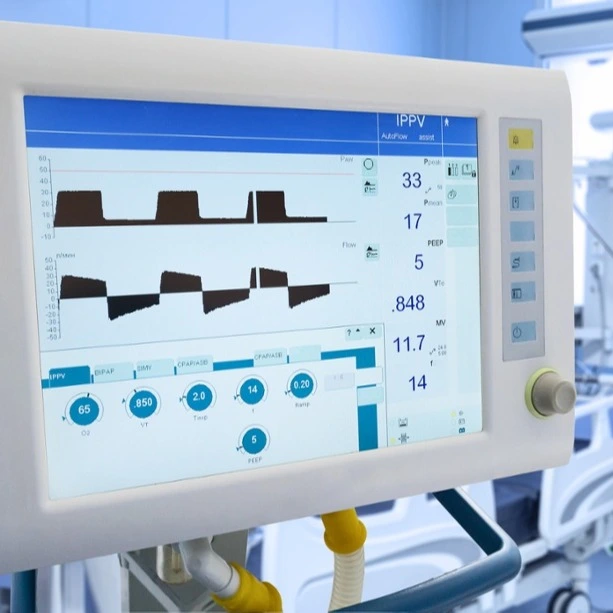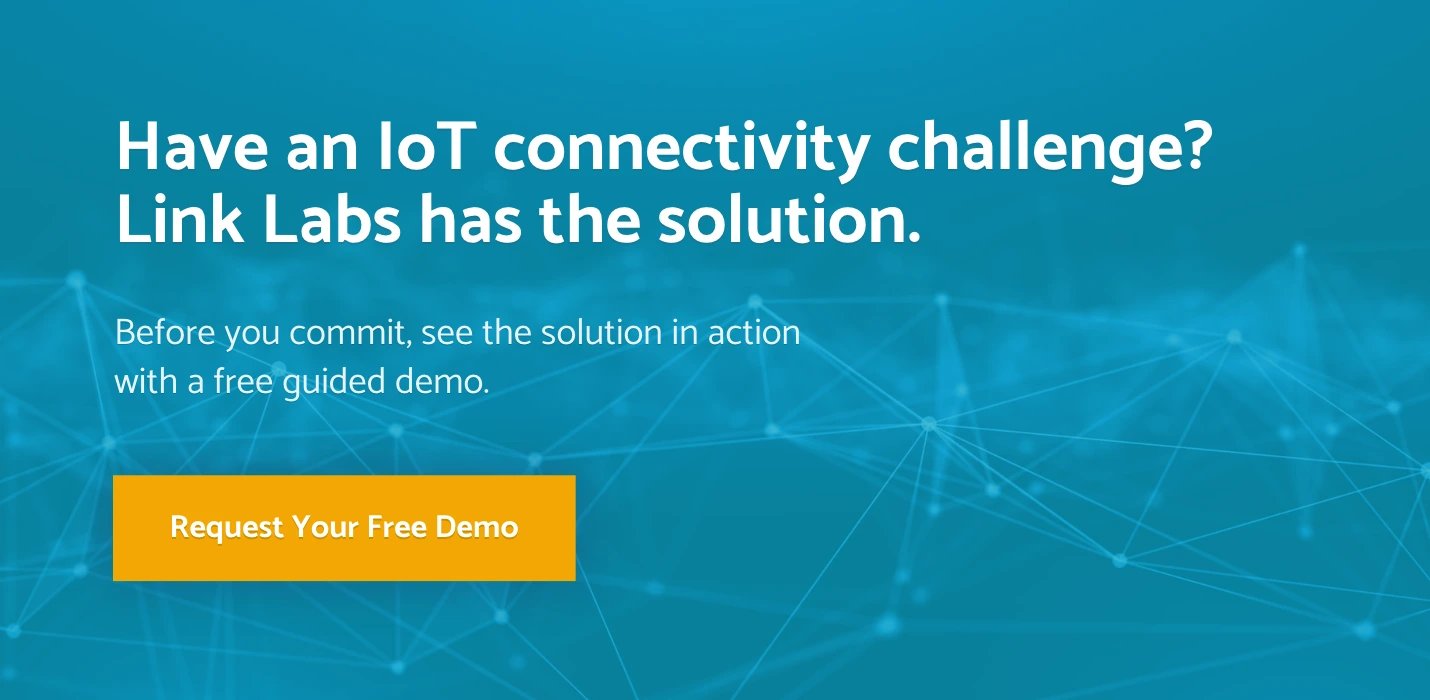Long before the Internet of Things (IoT) was called that, the health care industry was already using telemetry—the remote gathering of data—for improved health outcomes. So in a way, they are pioneers in the IoT space!
But the promise of the IoT isn’t simply gathering data or even viewing that data locally—it’s connecting to the greater world of the Internet, and generating value therein through access to information.
There are a number of areas that IoT medical devices are disrupting:
- Elder care: From tracking wandering patients to monitoring the engagement and activities of elderly individuals in nursing homes and hospitals, elder care is a big market for IoT medical devices.
- Patient data-gathering: This is the most mature field in health care but continues to grow with new innovations in the IoT world. Telemetry here is vital signs, EKG stats, etc.
- Real-time location: Today, hospitals are using IoT technology that uses Bluetooth Low Energy (BLE) and Bluetooth to track both people and assets at a lower cost than ever before.
See Also: IoT In Health Care: What You Should Know
The IoT is slowly allowing for the health care industry to reduce its dependency on humans (and their associated human errors). Even though IoT medical devices may not always impress the everyday consumer, they are steadily improving health care and providing early diagnosis and treatment of serious issues.
Below, we’re walking through a few IoT health care challenges that application developers have to overcome, some considerations for selecting a technology, and three medical IoT applications that are changing health care today.
IoT Health Care Challenges
Health Care Privacy & HIPAA
Security is important for the IoT industry as a whole, but it’s even more important when you add in patient privacy. The regulations that medical apps need to uphold make innovation in the IoT medical device field a challenge. HIPAA—the Health Insurance Portability and Accountability Act—sets the standard for protecting patient data that is created, received, maintained, or transmitted electronically. Privacy is always an issue with health records, but since we now have sensors automatically collecting and storing our medical data, security is even more critical. This means anyone creating an IoT medical device has to keep patient privacy as a top priority.
IT Integration & Cybersecurity
Cybersecurity is a major concern in every sector, and the health care industry is no different. According to Healthcare IT News, health care facilities in California, Kentucky, Maryland, and the District of Columbia have been hit with ransomware attacks recently. In March 2016, for example, health care group MedStar was the victim of a ransomware attack that rendered their computer systems—and vital patient records—unusable. The company had to resort to using paper records until they could restore their systems.
All this to say, hospitals today are even more hesitant to put anything on their network that is not well-vetted—and since IoT medical devices are the frontier of connectivity and many new applications are hitting the marketplace regularly, they often aren’t well-vetted. But keep in mind that not all technology has to be deployed on the IT network of a hospital.
Considerations While Selecting A Technology For IoT Medical Devices
- WiFi: This is the most mature network for hospitals, and a great deal of connectivity in health care organizations today is done over WiFi. There are a few things to keep in mind about WiFi systems:
- They are more power-hungry than many connectivity options. And since creating a battery-powered application can open the market up for you in many ways, WiFi isn’t always a good option.
- WiFi deployments typically require close work with the IT department, which means the hospital may need a lot of high-level buy-in to get a solution deployed.
- Cellular: Cellular tends to be a bad choice in hospitals. For one, many hospitals are built like bunkers—that means a lot of metal and a lot of walls, which leads to signal interference. Additionally, cell phone companies don’t often deploy a lot of distributed antenna systems (DAS) at hospitals to avoid interference with medical equipment.
- Low power, wide-area networks (LPWAN):
- Mesh networks: Mesh network topologies like ZigBee have a number of advantages and disadvantages. The classic problem that mesh networks in health care environments face is the need for a high density of devices. Most solutions in hospitals tend to be clumped—making mesh networking difficult.
- Star networks: Star network topologies like Symphony Link offer an end-to-end wireless solution for devices that don’t need a lot of power and are spread over a wide area.
- Bluetooth: Bluetooth and BLE are great for what we call “the last foot of connectivity.” For example, you can have a fixed Bluetooth hub in a hospital room that is connected to many devices throughout the room, but the hub itself is connected via ethernet, WiFi, or Symphony Link to the cloud.
2 Medical IoT Apps That Are Changing Health Care
There are hundreds to thousands of useful—even life-saving—IoT medical applications that are changing the environment of health care today. We’ve highlighted two of them below.
1. Philips’ Medication Dispensing Service
One of Philips’ most successful IoT applications is its medication dispensing service. It was created for elderly people who often forget to take their medication or take the wrong pills or doses. The device alerts the patient when it’s time to take their pills by using a light and voice reminder, and when the patient pushes the button, pre-filled cups with medication are dispensed. The device is synced to the user’s phone line, so messages are tracked if the person misses a dose, if it’s time to refill the medication, or if the power goes out, preventing the device from working.
2. Airfinder
Airfinder is a real-time location system for hospitals and other enterprises. It can be installed in minutes at any scale and uses Symphony Link technology to track supplies in an operating room or throughout an entire hospital or facility. Traditionally, real-time location systems (RTLS) have been extremely expensive. Airfinder is a solution to this issue and is offered at a much lower price point than existing RTLS technologies.
In Conclusion
It’s hard to predict where IoT medical devices are heading to next—but we are certain that with the rise in interest in IoT and the money being spent in health care innovations, good things are bound to happen in this space.
If you’re looking for opportunities, health care is a great place to be. We’re excited to see what kind of innovations—from connectivity, to data privacy, to application architecture—come into that space.





